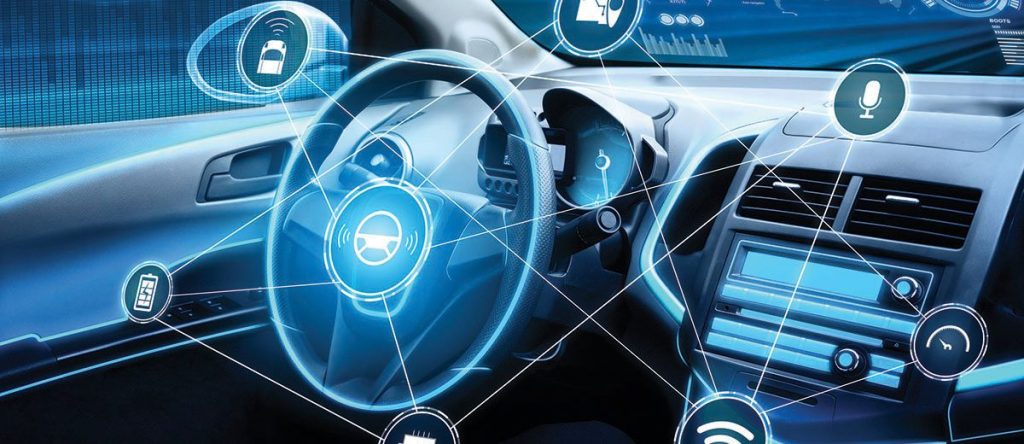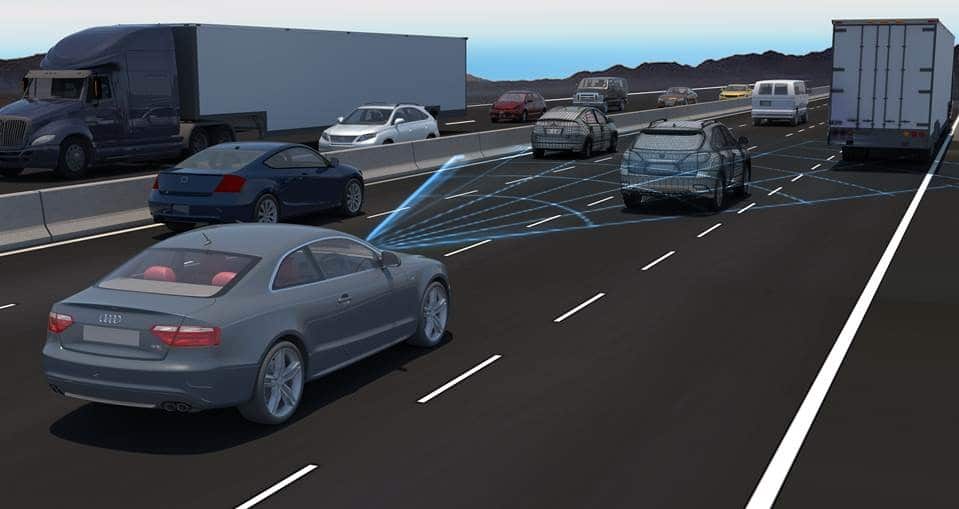Driving Toward Safety: How New Technology Is Improving Advanced Driver Assistance Systems (ADAS)

Introduction:
In the rapidly evolving landscape of automotive technology, safety has taken center stage with the advent of Advanced Driver Assistance Systems (ADAS). These systems leverage cutting-edge technologies to enhance driver safety, prevent accidents, and pave the way for a future of smarter and more secure roads. Let's explore how new technologies are playing a pivotal role in improving ADAS and reshaping the driving experience.
The Evolution of ADAS:
Advanced Driver Assistance Systems encompass a range of technologies designed to assist drivers in the driving process. From adaptive cruise control and lane departure warning to collision avoidance and automatic emergency braking, ADAS features aim to mitigate the risks associated with human error and improve overall road safety.
Key Technologies Enhancing ADAS:
-Machine Learning and Artificial Intelligence (AI):
Improved Object Recognition: AI algorithms enable more accurate detection and recognition of objects on the road, including pedestrians, cyclists, and other vehicles.
Predictive Analysis: Machine learning allows ADAS to predict and respond to dynamic road conditions and potential hazards, enhancing proactive safety measures.

-Sensor Fusion:
Comprehensive Data Integration: Combining data from various sensors such as radar, lidar, and cameras provides a more comprehensive view of the vehicle's surroundings, reducing blind spots and enhancing overall awareness.
Redundancy for Reliability: Sensor fusion ensures redundancy, minimizing the risk of system failure in case one sensor malfunctions.
-5G Connectivity:
Real-time Communication: 5G connectivity enables faster and more reliable communication between vehicles and infrastructure. This is crucial for timely updates on road conditions, traffic, and potential hazards.
V2X Communication: Vehicle-to-Everything (V2X) communication allows vehicles to exchange information with each other and with smart infrastructure, creating a connected and collaborative driving environment.
-LiDAR Technology:
Enhanced Depth Perception: LiDAR technology provides precise depth perception, allowing ADAS to accurately measure distances to objects and better understand the vehicle's surroundings.
Improved Object Mapping: LiDAR contributes to creating detailed 3D maps of the environment, aiding in more accurate navigation and object recognition.
-Edge Computing:
Real-time Decision Making: Edge computing processes data closer to the source, enabling ADAS to make split-second decisions without relying solely on cloud servers. This reduces latency and enhances response times.
Increased Security: Edge computing adds a layer of security by processing sensitive data locally, reducing the risk of data breaches during transmission.

Benefits for Drivers and Road Safety:
-Collision Prevention: Advanced object recognition and predictive analysis help ADAS intervene before a collision occurs, potentially saving lives and preventing accidents.
-Reduced Driver Fatigue: Adaptive cruise control and lane-keeping assistance reduce the cognitive load on drivers, mitigating fatigue and improving overall attentiveness.
-Enhanced Traffic Flow: 5G connectivity and V2X communication enable vehicles to share information about traffic conditions, leading to more efficient traffic flow and reduced congestion.
-Improved Accessibility: ADAS features contribute to making driving more accessible for individuals with disabilities, providing an extra layer of support and safety.
Conclusion:
The continuous evolution of technology is ushering in a new era of safety on the roads through Advanced Driver Assistance Systems. As machine learning, sensor fusion, 5G connectivity, LiDAR, and edge computing converge, ADAS is becoming more sophisticated and effective in preventing accidents and enhancing the overall driving experience. The road ahead is paved with innovation, and the integration of these technologies is steering us toward safer and smarter transportation solutions. With each advancement, we move closer to a future where road safety is not just a priority but a seamless part of the driving experience.